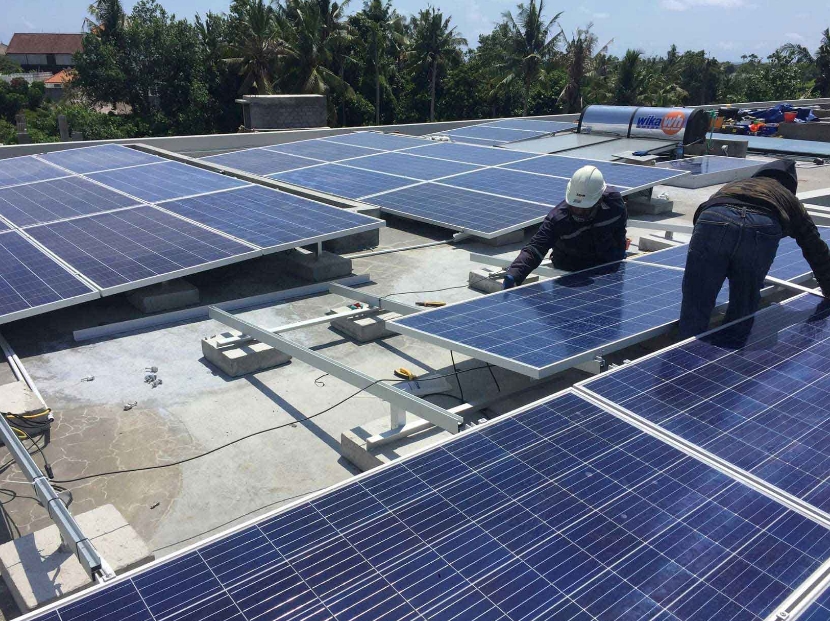Build Your Own Wind Turbine An Introduction

Free energy is blowing in the wind everyone, and today the resources exist for every homeowner to harness that free clean power with their own homemade wind turbine built from common parts. It's inexpensive and easy to do, but you have to get the specs right.
Today more than ever folks are looking for innovative and new waysto reduce their overall home energy consumption and their monthly powerbills. Recently, home wind power generation is becoming a more popularsolution to this problem. With the proper information and guidance itis now possible for almost anyone to build their own inexpensive andreliable wind turbine as part of an overall home conservation plan.��
Beforeyou build your own wind turbine, you need at least a basicunderstanding of how these machines operate and their major components. Mostwind turbines consist of the same few basic parts. None are terriblycomplicated on their own, and all are easy and inexpensive to acquire.Assembly is fairly uncomplicated and�straightforward. It should benoted though that, power output will suffer if any single componentisn�t properly optimized and sized to work with the others.
Find ou how to build your own wind turbine here.
So let's break this down.
Theblades, which we're all used to seeing, are bolted to a hub in thecenter of the machine. Electrical current is produced in the alternatorto which the hub is attached. When they encounter wind force the bladesturn the hub because of how they are shaped. Electrical current is created by thealternator through the rotational movement and the current flows intothe power system through the wiring.
The turbine�s bladesare shaped into a �twist� that creates a a slight pitch in the center,nearest the hub, and a greater pitch as the blades extend outward. Thedegree of pitch along the length of the blade must be specific to theblade length and to the speed of rotation required by the alternator.The blades must also be balances (sort of like the wheels on your car)to prevent wobble.
As already noted it is the alternator's jobto produce the electrical current.� It most commonly includes a statorwhich houses magnetic rotors and copper wrapped coils. Current runsthrough wiring from the alternator to your energy distribution orcollection system. Once again, compatibility of parts is importantbecause efficiency will suffer if the wire gauge, batteries andinverters aren't properly sized for the alternator, or if the totallength of wire run is too long.
The tail assembly consistsof a horizontal boom to which the tail vane is attached. The entirewind turbine sits atop a pivot point (called the yaw bearing). As winddirection shifts, the tail and yaw bearing allow the turbine to turn asneeded to maintain maximum speed.
To prevent excessive speed that thealternator can't use, the turbine must also turn partially out of thewind when it gets too strong. This is known as �furling�. The turbinewill not furl when it needs to unless the size and weight of the tailare correct.
Finally, it is highly advisable that every turbineshould have some kind of mechanical or electrical shut off device fortimes of very high wind and/or maintenance. There are a number of waysto accomplish this including a mechanical breaking system or a switchthat shorts out the alternator. However it is accomplished, the abilityto shut the machine down is an important safety feature .
Thisisn't nearly as complicated as it all might sound. In fact it iscompletely achievable to build your own inexpensive and reliable homepower generating wind turbine with the right guidance and instructionsto follow.





Komentar
Posting Komentar